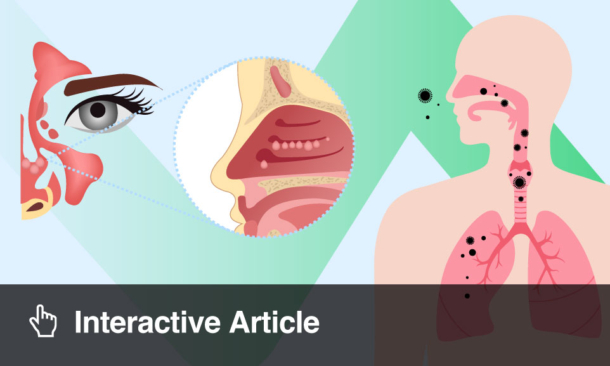A pair of new studies reveals that cysteinyl leukotrienes (CysLTs), inflammatory molecules known for their role in asthma, play a critical role in triggering food-allergy-induced anaphylaxis in mice. The findings suggest a new pathway for potentially preventing severe allergic reactions to food.
Researchers from two independent teams, led by Hoyt et al. and Batchelor et al., explored how CysLTs contribute to anaphylaxis after ingestion of food allergens. Hoyt’s team discovered that CysLTs enhance the transport of intact allergens from the gut into tissue, setting off dangerous immune responses. Interestingly, mice that were protected from anaphylaxis carried a variant of the enzyme DPEP1, which breaks down CysLTs more efficiently.
Batchelor’s group found that when hematopoietic (blood-forming) cells couldn’t produce CysLTs, the mice showed dramatically milder allergic responses. Their work also revealed that intestinal mast cells, key players in allergic reactions, not only produce but respond to CysLTs, reinforcing their role in amplifying food allergy symptoms.
Both studies showed that blocking CysLT production using zileuton, a drug already approved for asthma, effectively prevented anaphylactic reactions in mice when given before or during allergen exposure.
These findings underscore the importance of local intestinal responses in food allergy and suggest that targeting CysLT pathways could offer new therapeutic strategies to prevent life-threatening anaphylaxis in humans.
Reference
Bachtel ND et al. Intestinal mast cell–derived leukotrienes mediate the anaphylactic response to ingested antigens. Science. 2025;389:6760.






